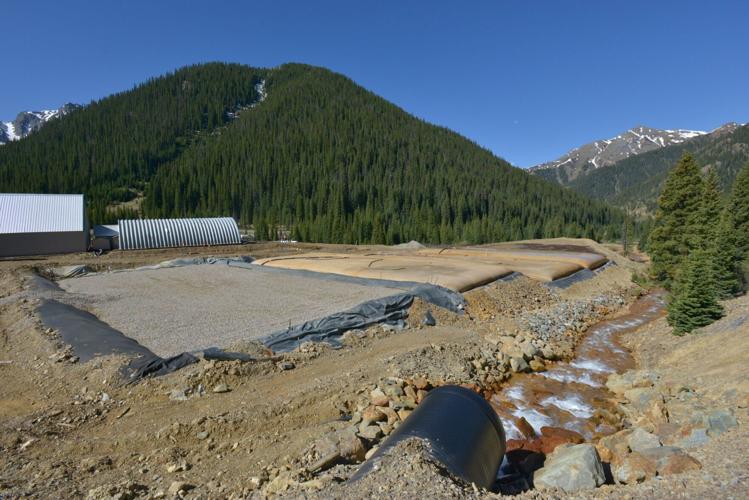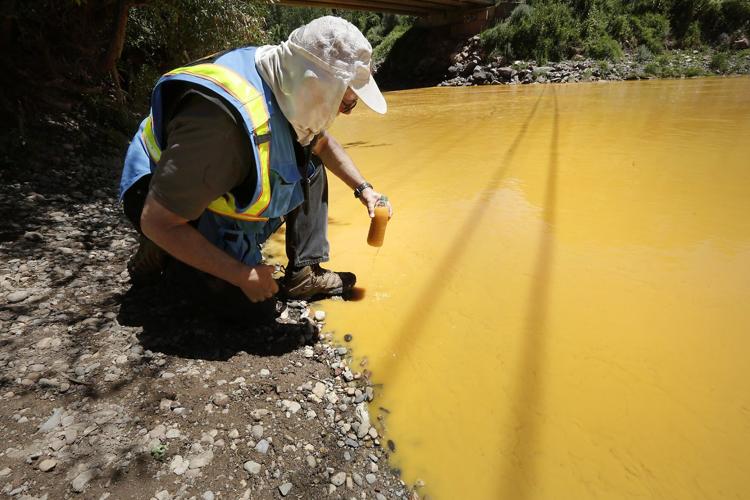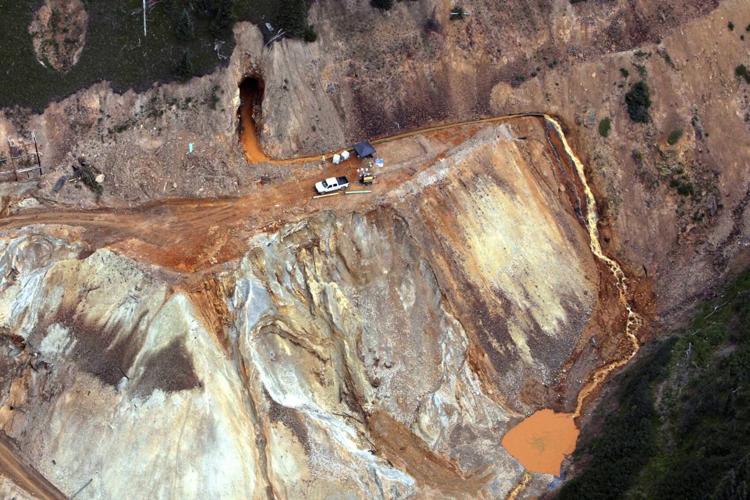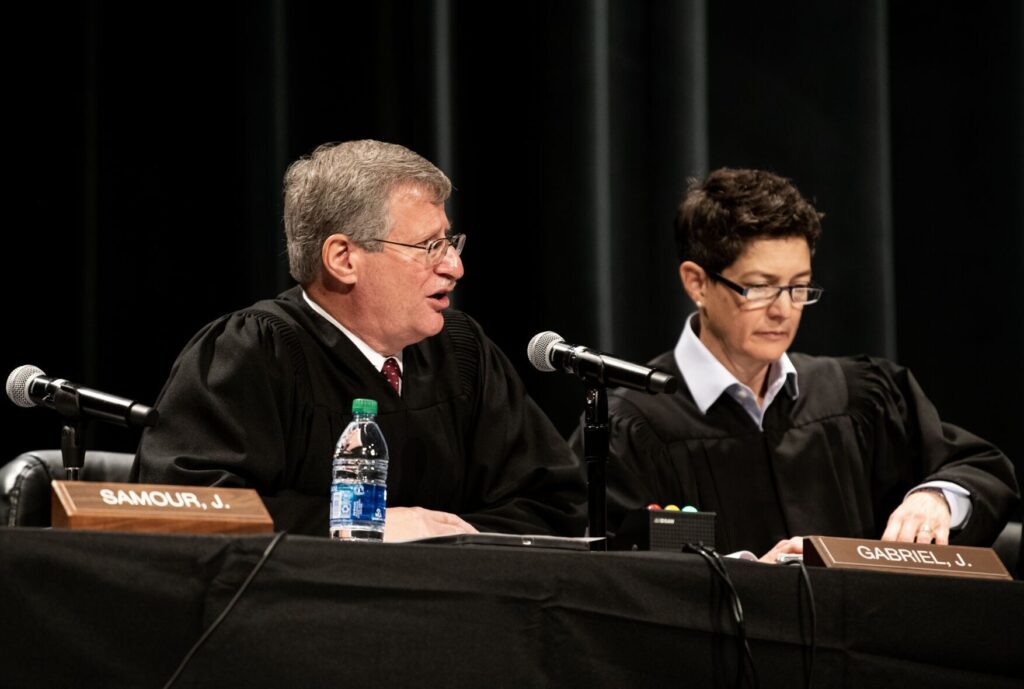EPA settles with landowner over Gold King Mine disaster

FILE PHOTO: Environmental Protection Agency's Gladstone mine waste filtration plant along Cement Creek above Silverton, Colo. The plant, built in 2015 on property owned by Todd Hennis, treats ongoing acid mine waste from the Gold King mine. The plant corrects the acidity of the wastewater and filters out heavy metals by pumping it through huge permeable-membrane bags that trap the solids, before releasing the treated water back into the creek. The EPA this month settled a lawsuit Hennis brought over the use of this land, according to his attorney.
Scott Weiser/Denver Gazette
The Environmental Protection Agency contractors caused a blowout at the Gold King Mine above Silverton in 2015, releasing 3 million gallons of acid mine waste and 800,000 pounds of heavy metals into Cement Creek and the Animas River.
Nine years later, Todd Hennis — who owned a mining claim on Cement Creek below the mine — finally settled a lawsuit against the EPA for failing to compensate him for the use of his land to help the agency mitigate ongoing acid mine waste flowing down the creek, according to his lawyer, Kara Rollins, the litigation counsel for the New Civil Liberties Alliance (NCLA).
The 3-million-gallon slug of bright orange acidic wastewater poured from the lowest level of the mine, down Cement Creek and into the Animas River. It caused panic in downstream communities as far away as New Mexico and shutdowns of drinking water plants and irrigation diversions all along the river.
Shortly after the blowout, the agency, without asking, took over Hennis’ private property and built a filtration plant to treat ongoing mine waste drainage, according to a lawsuit he filed in 2021.
Rollins said that, at the time Hennis, recognizing the urgency of the situation, “verbally authorized the government to temporarily use a portion of his property for an emergency staging area for equipment and supplies, recognizing that time was of the essence to mitigate the environmental disaster of EPA’s own making.”
Instead of just temporarily staging equipment for the emergency response, EPA built a $2.3 million filter plant on Hennis’ property, without consulting with him, and without his permission, Hennis’ suit said.
Over the next five years, despite Hennis’ objections to the agency’s actions, including repeated refusals to pay him for using his property, the EPA continued to use his property to filter solids into enormous fabric bags that were moved down to Silverton to be placed in a permanent landfill, the suit said.
Judy Pino of the NCLA told The Denver Gazette that in 2022, the EPA “coerced” Hennis into allowing access to his lands by “threatening him with extortionate fines (over $59,000 per day) should he exercise his property rights.”
“Mr. Hennis eventually refused to sign an access document, so EPA is currently occupying his property by operation of the agency’s own administrative order—and threatening him with fines if he challenges it,” Pino said.
Soon after the disaster, the EPA declared most of the Silverton mining district to be an EPA Superfund site.
Pino claimed that, as of September 2022, EPA has spent more than $44.5 million responding to the disaster and has another $20.7 million yet to spend on the remediation. None of that money was allocated to providing compensation to Hennis for taking his property.
Hennis filed a lawsuit in August 2021, claiming the government had taken his property without compensating him in violation of his Fifth Amendment rights.
EPA settled with Hennis for an undisclosed amount this month.
“Mr. Hennis brought the case to seek compensation for the taking of his property. As a condition of the settlement, the site transfers to and becomes the property of the United States,” Rollins said.
The EPA did not respond to The Denver Gazette’s email seeking comment.













